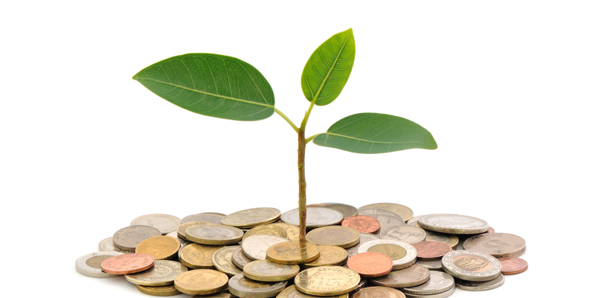Get Your RRSP Working for You
A recent survey found that 52 per cent of working Canadians under age 65 are scared they haven't saved enough for a comfortable retirement.[1] With government debt and health care costs both rising, it’s very possible that many of us will need our Registered Retirement Savings Plans (RRSPs) to provide a regular part of our income as we get older.
Chartered Accountant François Ménard, an investment advisor with RBC Investments Inc. in Gloucester, says it’s not enough to put money in your RRSP, get your tax refund and forget about it till next year. You need to get that investment working for you — growing as much and as quickly as possible — in a way that doesn’t exceed your personal risk-tolerance level.
Here are five of Ménard’s suggestions for making the most of your RRSP savings.
1. Take advantage of daily cost averaging – By far, it’s a better strategy and easier on the budget to contribute to your RRSP every paycheque, rather than make one lump-sum contribution on the last day. By buying throughout the cycle, you’re not stuck paying whatever price those investments are worth on that one day; you’re able to “average” the price you pay throughout the year. Usually, you get a better price overall, Ménard says, and your first dollar starts working for you on the day you put it in the plan.
2. Take your losses outside your RRSP – You want to shelter funds in an RRSP, Ménard says, but take your losses outside it if you have to take losses. In non-registered plans, you can use your losses to offset future capital gains. But if those funds are in your RRSP, a loss is a loss.
3. Diversify your holdings – A good RRSP has a variety of different investment instruments. The asset mix should adjust as you age, to reduce your risk level and help ensure that your money will be there when you need it. As a general rule, Ménard suggests you have your “age-times-a-thousand” in bonds and fixed-income securities. Factor in any particulars (either plus or minus) that apply to you personally, like pension income, kids’ education funds, etc. Make your riskier investments in younger years when you have time to make up any losses you might incur.
4. Plan your spending as well as your saving – Just as important as accumulating funds is knowing how, and when, it’s most efficient to take them out. As an example, waiting until age 71 to withdraw a large amount from an RRSP can be a tax disaster, particularly when alternatives exist such as a Registered Retirement Income Fund (RRIF) rollover. It can also trigger a clawback in your Old Age Security benefits. Good information and proper planning is critical to keep this from happening, Ménard says.
5. Control what you can control – There are a lot of variables when it comes to investing, either inside an RRSP or out. Start to save early. Commit to making regular contributions, with automatic withdrawals from your bank account on payday. Teach your children, and help them file a tax return when they start to earn. No matter how modest the income, this will create contribution room in an RRSP that they can purchase when they start their first real job.
For specific advice on making the most of your own RRSP investments, talk to a Chartered Accountant in your home community.


